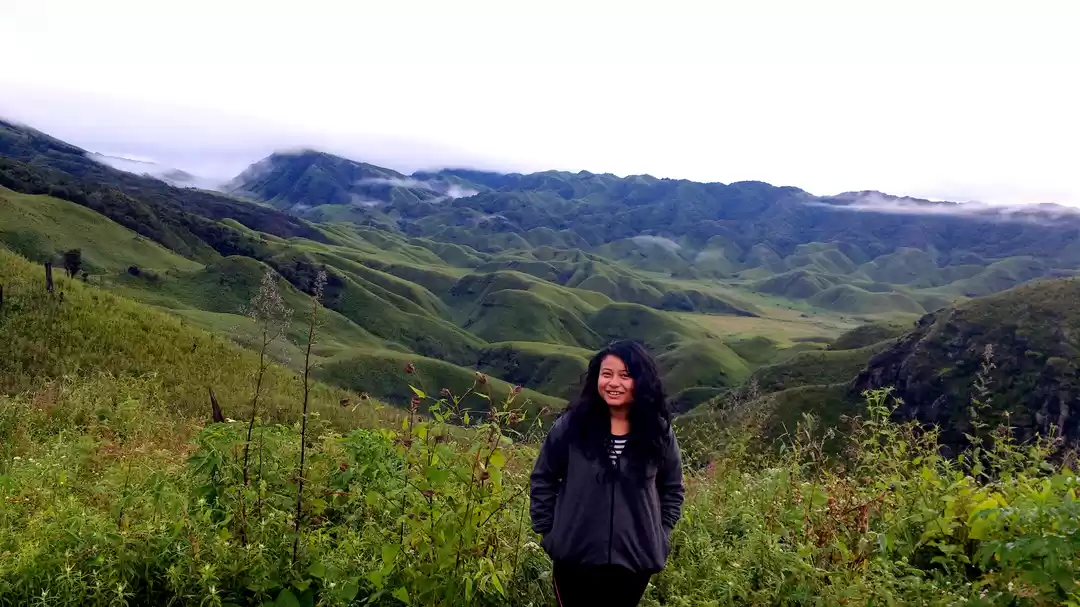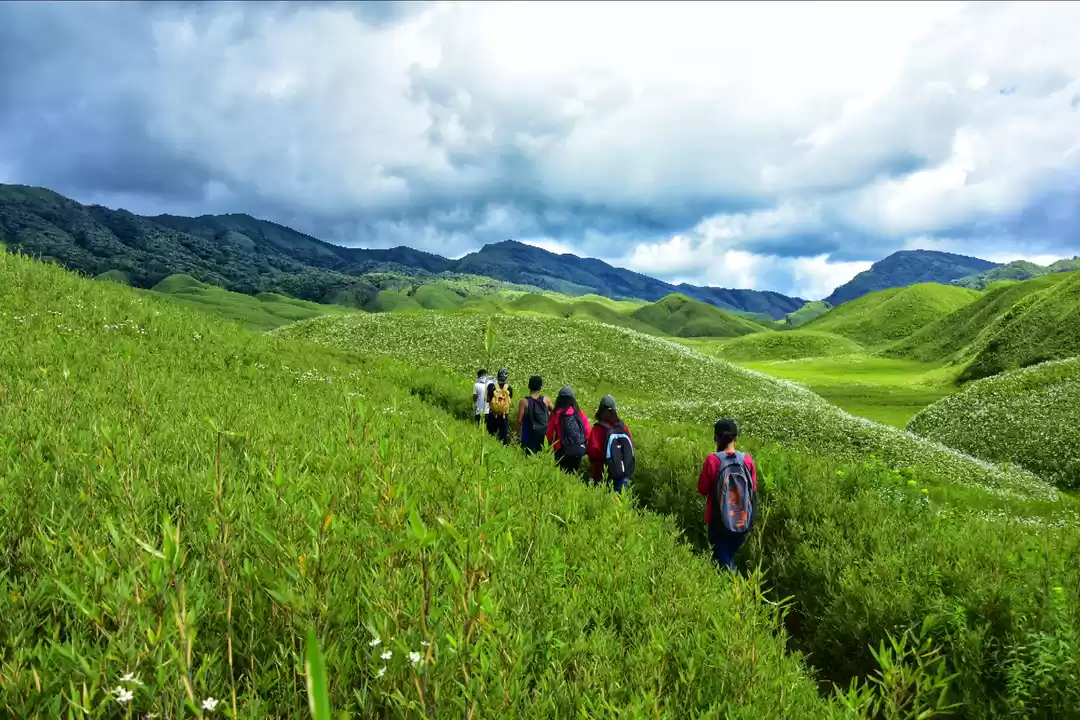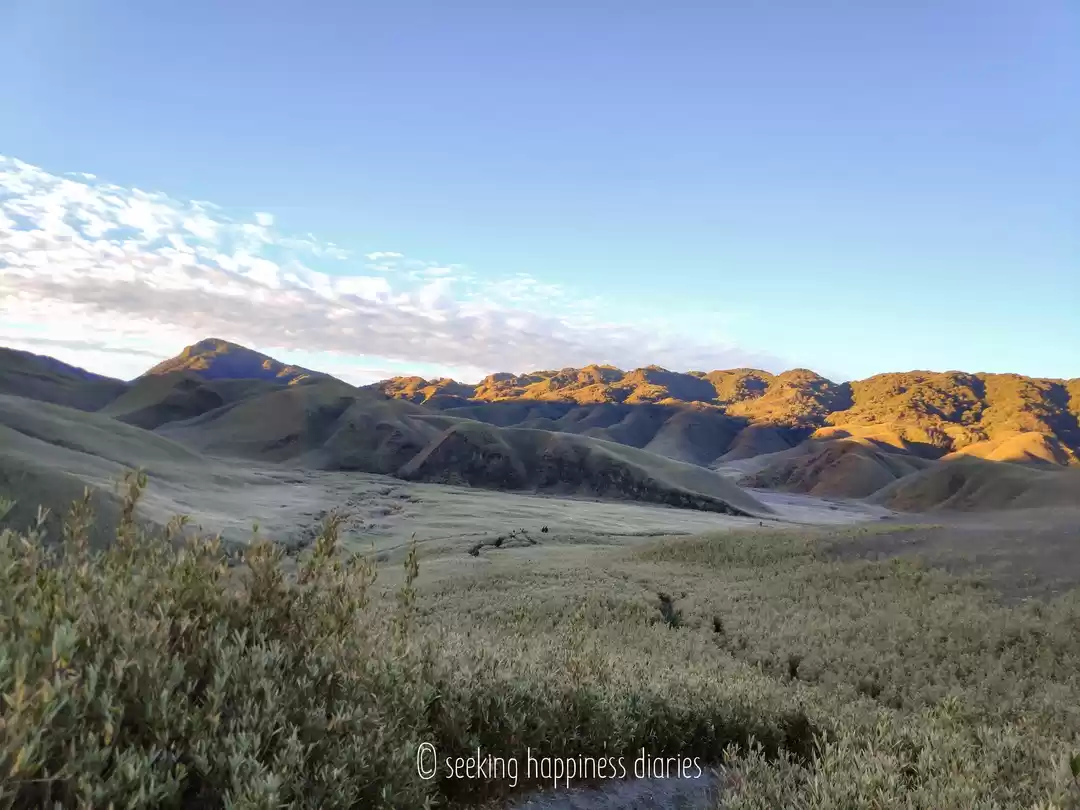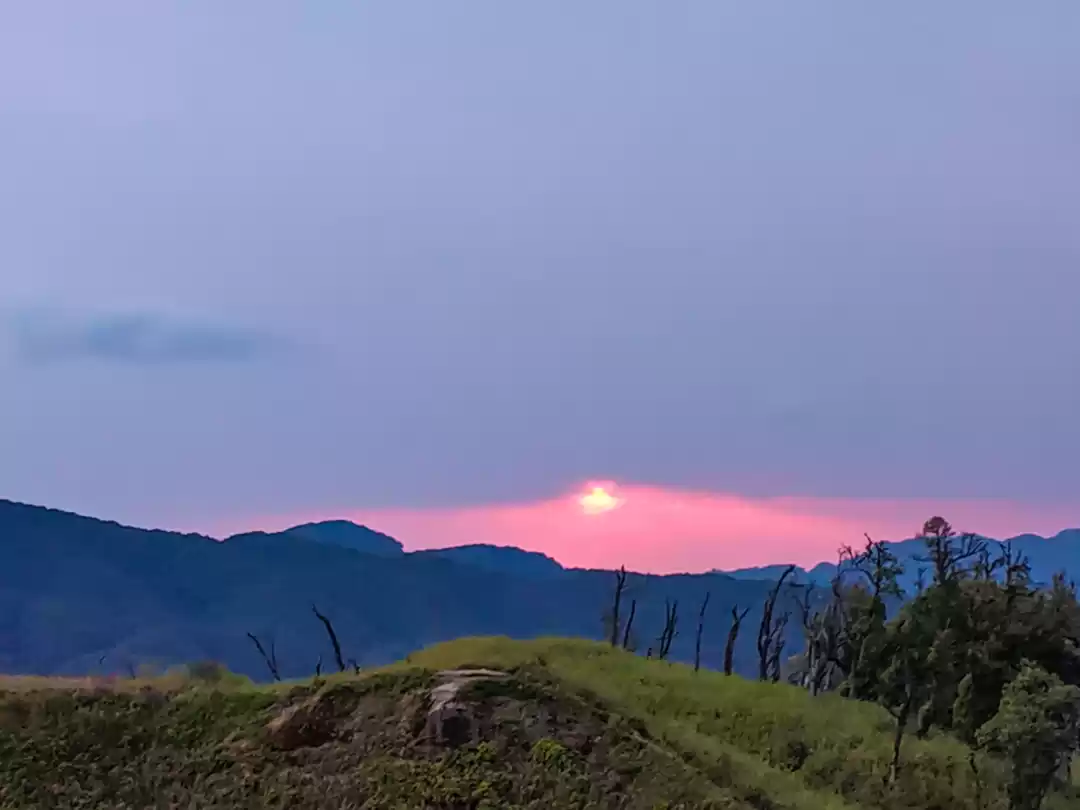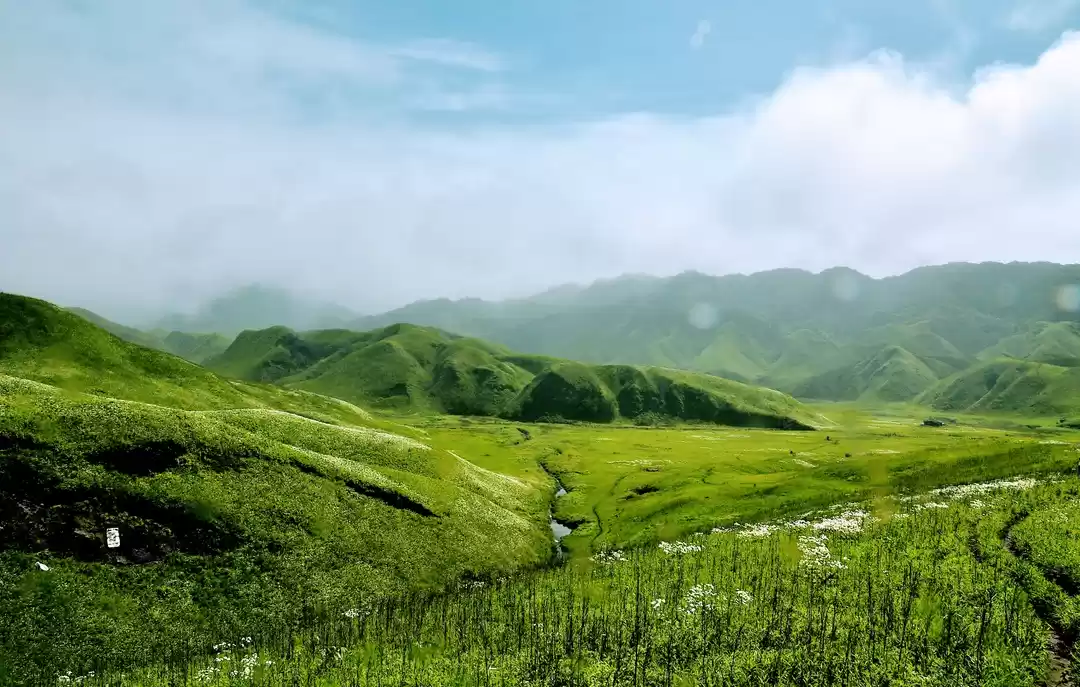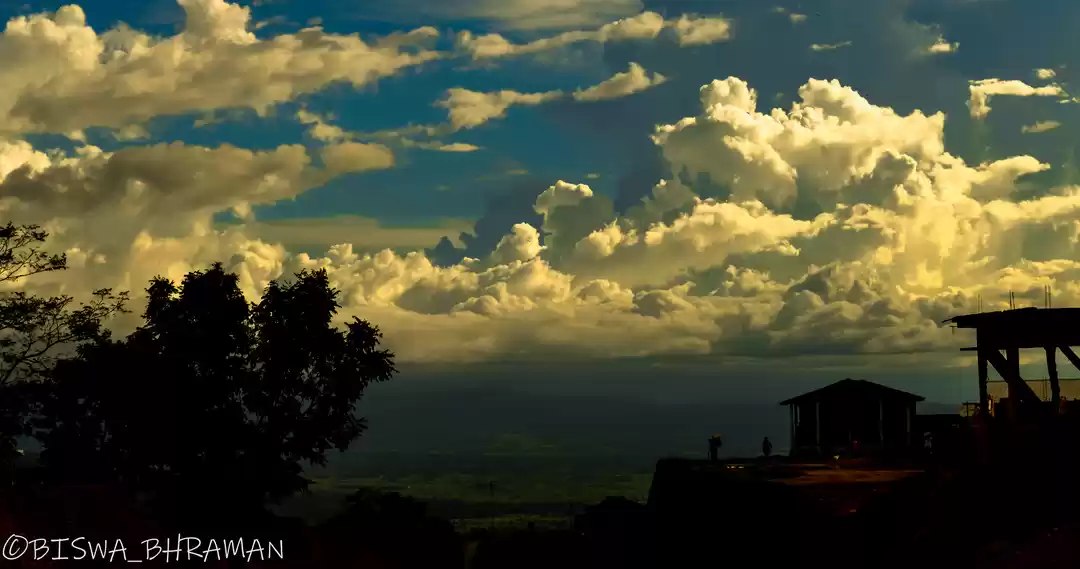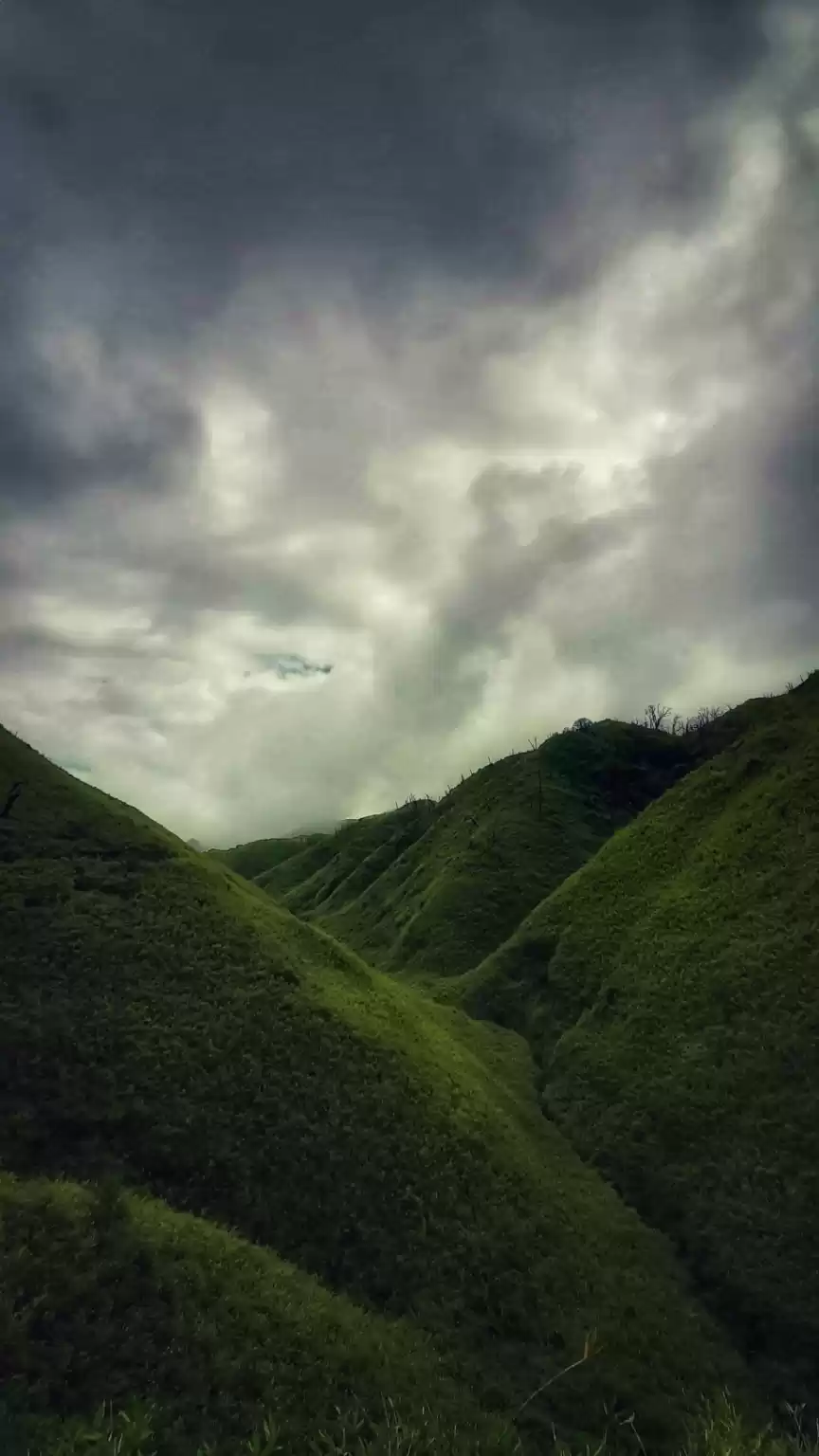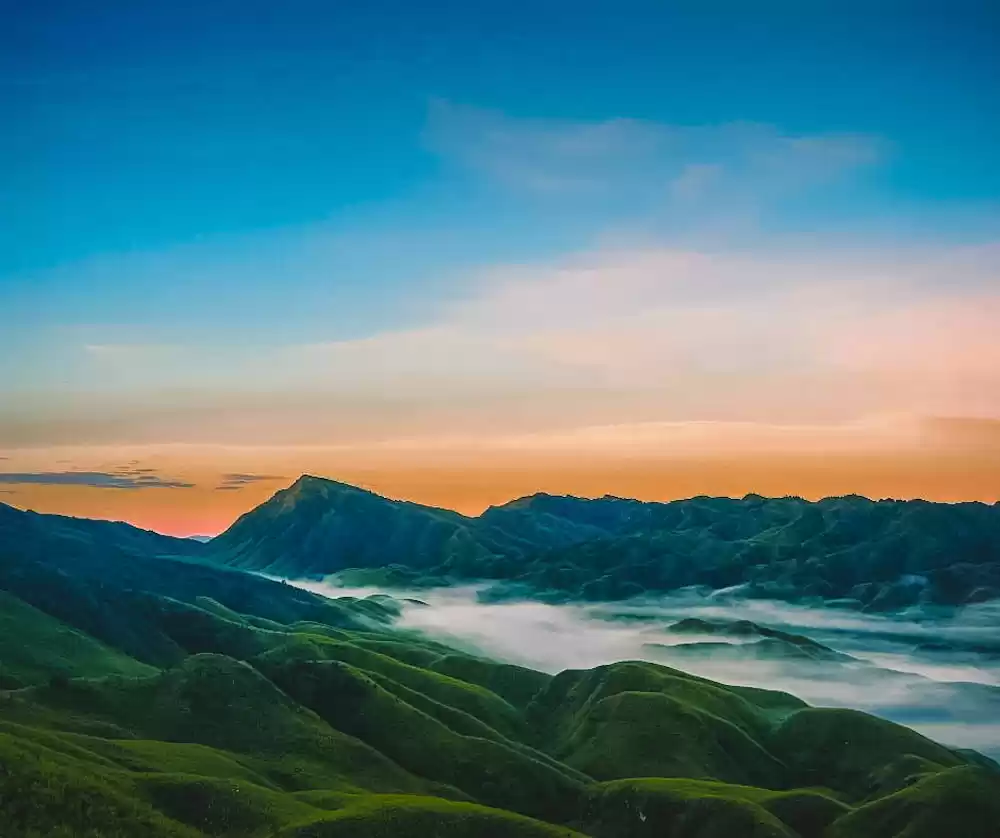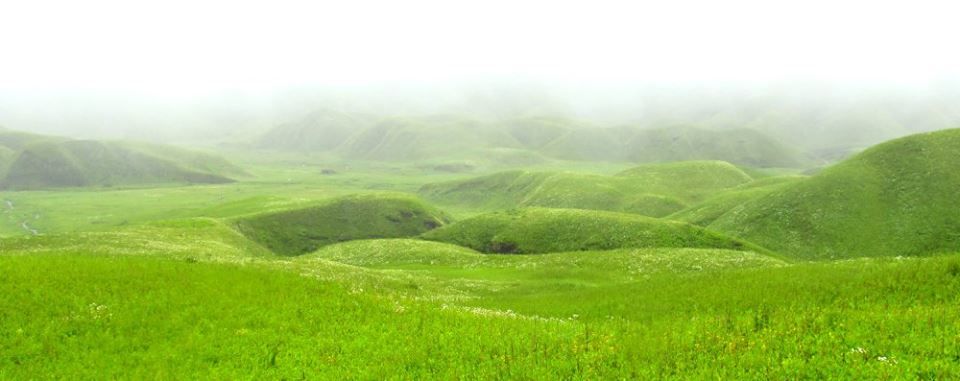
Dzukou (phonate Zuku) Valley! Like how the spelling is different than it sounds, the waving hills are also diverse. I don’t know when and why these hills began fascinating me, but as far as I can recall the image of a few backpackers wondering through a green mountain trail with a ‘wow’ expression on their faces that I came across while surfing internet a few years back had triggered the longing.
What added to my sense of adventure is the fact that the valley is home to one of the rarest species of Lily, popularly known as Dzuku lily (Botanical name: Lilium Chitrangadae) and popular Siroi lily along with other varieties of orchids that bloom during monsoon (June-September) mostly. I always have some strange love for Lilies.
For a very long time, I had wanted to travel Dzuku valley. However, that plan did not materialize until this monsoon. Like most travelers, I took the help of internet to get some information about this very place but in vain, not much can be found over internet. A few videos and articles was all I could find.
Dzokou means 'cold water' in local Angami dialect, much like the ice-cold stream that runs through the valley. Folklore and fables are abundant with stories of travellers and explorers being mesmerized by the pristine beauty of this valley. And I couldn't have agreed more.
How to reach Dzukou Valley?
First you have to reach Kohima, the capital town of Nagaland. From Assam, one can reach Kohima by travelling to Dimapur first via trains or roadways and from there share taxis will take you to Kohima. The share-taxis (mostly cars and SUVs) charge around Rs 250 each. However, you can always bargain.
NB: Inner line Permit (ILP) is necessary for tourist to be in Nagaland, that you can get by filling up a form at Nagaland houses across India. Usually ILP is given for 2 weeks for each tourist.
From Kohima, which is also a popular hill station, there are two frequently used routes to reach the valley. The one that is known for its hardship and mostly taken by seasoned trekkers starts by a river besides Jakhama village, 9 km away from Kohima. The trail through this route can be quite challenging as it involves several hours of climbing; up a narrow and a steep trail. But the beauty of this trail lies in hiking alongside the second highest peak of Nagaland, Mt. Japfu which stands at an altitude of some 3041 meters ASL.
With less trekking experience and few first timers in company, we decided to take the so called ‘easier’ route that splits out from NH39 at Viswema village, around 12 km from Kohima. One can reach to the starting point of the trail after a backbreaking ride on a SUV.
We hired a private Sumo at Rs 4000 (Rs 2000 to & fro each). It will take you to a point from where you begin the trail and come fetch you on your way back (as per you convenience).
Hotel budget in Kohima: Varies from Rs 1500 to Rs 6000 as per facilities and locations
The Trail:
Once you are on foot then begins the real adventure. What lies ahead are moss covered rocks juxtaposed to form steps beside a speeding waterfall. The challenge is real! One has to hike around hundred such steps.
It is tiring, at least for those like me (heavy) more used to plain terrains. It took us an hour (around 3-4 kilometers) to hike up to a vantage point. With no manmade railings and slippery rocks (since it had been raining heavily), the climb is amid dense jungle and a stream flowing beside, I may say, bit risky. On a lighter note, sometimes the roads are so narrow that you have to give a ‘catwalk’ literally. This rocky terrain was the toughest part for me.
Once you climb the rocky stairs, you reach the vantage point and the view from above is just breath taking. You can catch your breath and take a power break to gather your energy for the trek onwards in the only RCC shed available there.
From here the trail (almost 12 km) begins- A long walk through spectacular landscapes and lush green mountains.
It is a long trek till the basecamp and fraught with many perilous patches. This is where you would need that extra hint of courage and skill sets. It is advisable to be in a group as you can be of assistance to each other. One tiny slip and you roll down into a bottomless gorge.
After almost 5 hours of trekking and hiking, our tired legs finally reached the base camp. Since, it had already started to pour heavily; we decided to halt for the night at the guesthouse or basecamp.
Registration fee for tourist (non-Nagaland residents) is Rs 100 each.
Staying at Dzuku:
There are two facilities available for staying --dormitory and private rooms. Dormitory at Rs 50/- and individual rooms at Rs 300/-. However, food is costly with each meal costing Rs 200.
Tent pitchers can however pitch their tents at Rs 50 at several locations. (We could not pitch due to heavy rain). You can hire blankets (Rs 50), slippers (Rs 30), foam bedding and lot more.
The private rooms located at a separate hillock have a common shed with two clay ovens where visitors can prepare their meal in a queue. This is a perfect opportunity where you make new friends, meet and greet fellow trekkers, share their travel stories and food as well. You can buy firewood there too.
I met a Russian tourist who seemed to be enjoying the kitchen talks more than anything is as you make new friends, meet fellow trekkers, and share their travel stories and food too. It was lovely to be in the warmth of the oven in the chilling evening among them.
We hired two porters, local youths, at Rs 1500 who carried our food and utensils. You can hire a porter with the help from your hotelier at Kohima.
As we sat by the warmth of the kitchen fire, a sudden wind billowed the tin roof. Strangely, it soothed my soul.
The Valley:
From the base camp or guesthouse, one needs to trek down another 3-4 km to reach to the serene majestic Dzuku valley. The valley amazingly looks similar to a golf course but uneven.
The valley wears a lush green view because of typical bamboo shrubs that grow in abundance there. Some research claimed that the fast growing bamboo variety has in fact been affecting the already endangered Dzuku lily.
As you begin climbing down the valley, you see the variety of flowers. White, yellow, pink, blue, lavender –you name it and you will find a flower in it. It was mesmerizing. As the clouds slowly began creeping into the valley, the cadence of the fast moving river, smoke on a distant cave (some tourists were camping in the caves), the drizzle and a huge cross-shaped structure on a distant hill cliff painted a perfect frame of what anyone could imagine of ‘Paradise’. As I sat by the wooden bridge on the edge of the valley, I could feel how serenity can engrave one. Peace was ‘visible’ everywhere.
We spent the whole day before returning to the base camp. It was our last night and we could not help ourselves to shake our already tired legs to the beat of a Naga folk song, my local friends sang. It said, “No matter how tired or scared you are, you must go on.”
Fueled with high spirit we began our return trip early in next morning. It was more slippery on way back as it was raining continuously for the last two days.
Climbing down a hill is tougher than climbing it up. It is advisable to have a walking stick while getting down the hill.
Located at 2438.4 meters above sea level, Dzukuo valley lies at the border of the Indian states of Nagaland and Manipur. Amidst these two states where violence over freedom and justice is common, Dzuku valley truly is an answer to all the queries. It displays the grandeur of Mother Nature who is generous in dispensing everything among all. It’s a celebration of life.
As I recollect the trek, the primeval beauty of the hills, the cold water of the streams (you can actually drink it straightly) and most importantly the moments when I broke down fearing the dangerous patches only to overcome them to reach my dream spot, I feel complete.
(Best time to visit: From end of June till September. The valley is its most beautiful during these three months, with all its flowers in bloom, dotting the landscapes with countless hues)
Quick tips:
• Pack light
• Don’t forget your first aid kit
• Torchlight, rechargeable or solar lamps, powerbank,
• Waterproof packs for your gadgets
• Raincoat, umbrella
• Shoes with good grip
• Extra socks
• Warm clothes
• Plastic or waterproof sheets if planning to tent
• Start early









